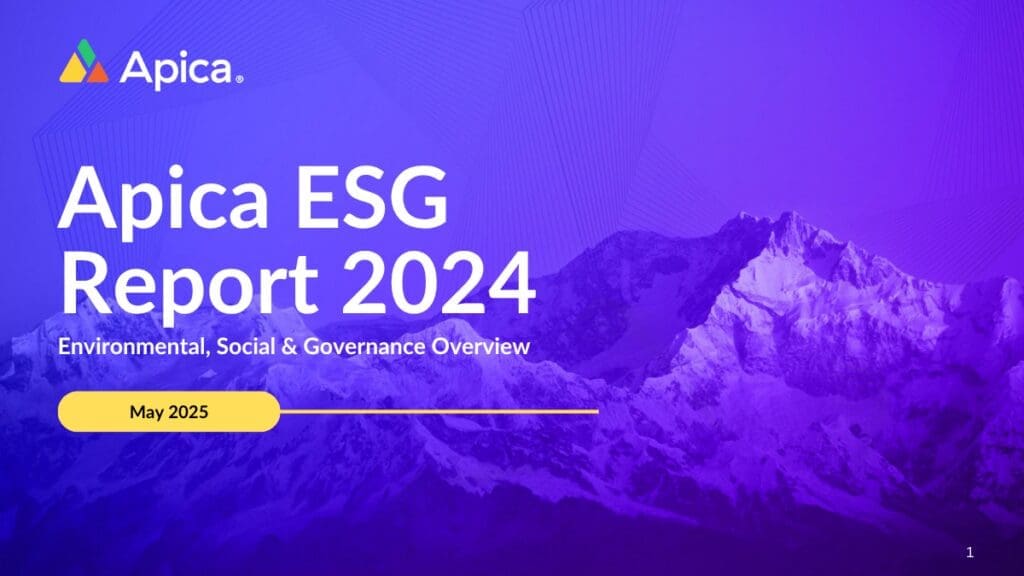What characteristics distinguish an effective data observability platform?
Data observability platforms enable the tracking of downstream dependencies in order to remedy the underlying issue.
The following criteria should be considered while designing an observability platform.
- Simple installation
- End-to-end monitoring
- Observability of distributed systems
- Architecture
At Apica, we understand how tedious a task it is to find an observability tool that best fits your organization (let alone design it). That’s why we’ve researched and pulled up a list of the best platforms for data observability out there.
Monte Carlo
With its observability service, Monte Carlo offers an end-to-end solution for preventing damaged data pipelines. This is an excellent tool for data engineers to use in order to verify dependability and prevent potentially expensive data downtime. Data catalogs, automatic alerts, and out-of-the-box observability on multiple criteria are among the attributes of Monte Carlo. The platform just secured $80 million in Series C financing.
Databand
The goal of Databand is to enable more effective data engineering in complicated contemporary infrastructure. Its AI-powered platform gives data engineering teams tools for efficient operation, allowing them to obtain a unified view into their data flows. The goal is to figure out the key elements of data pipelines and where they failed before any bad data gets through. In the contemporary data stack, the organization also incorporates cloud-native technologies such as Apache Airflow and Snowflake.
Honeycomb
Honeycomb gives developers the visibility they need to fix issues in distributed systems. According to the firm, “Honeycomb makes complicated interactions within your dispersed services easier to comprehend and fix.” Its Active cloud-based observability technology provides events, logs, and traces, as well as automated instrumented code using Honeycomb beelines, its agent. For the generation of instrumentation data, Honeycomb also supports OpenTelemetry.
Acceldata
Acceldata, as a data observability platform, offers solutions for monitoring data pipelines, data dependability, and data observability. The tools are designed to help data engineering teams acquire extensive and cross-sectional views into complicated data pipelines. Acceldata’s products synthesize signals across many layers and workloads on a single pane of glass to let multiple teams collaborate to resolve data difficulties. Furthermore, Acceldata Pulse assists in performance monitoring as well as observation to assure data dependability at scale. The tool is intended for use in the financial and payments industries.
Datafold
Datafold, a data observability tool helps data teams evaluate data quality by implementing anomaly detection, and profiling. Its capabilities enable teams to do data quality assurance using data profiling, compare tables across databases or inside a database, and generate smart warnings from any SQL query with a single click. Furthermore, data teams may track ETL code changes as they occur during data transfers and connect them with their CI/CD to rapidly examine the code.
SigNoz
SigNoz is an open-source, Active APM and observability solution that collects metrics and traces. Because the program is open-source, users may host it on their own infrastructure without having to share their data with a third party. Their Active technologies include telemetry data production, storage backend storage, and a visualization layer for consumption and action. OpenTelemetry, a vendor-agnostic instrumentation library, is used by SigNoz to produce telemetry data.
DataDog
Infrastructure monitoring, log management, application performance monitoring, and security monitoring are among the capabilities of DataDog’s observability solution. By tracing requests from end-to-end distributed systems, displaying latency percentiles, instrumenting open-source libraries, and allowing smooth navigation between logs, metrics, and traces, DataDog provides a comprehensive insight into distributed applications. According to the creators, this is the “necessary monitoring and security platform for cloud applications.”
Dynatrace
Dynatrace, aimed at big companies, is a SaaS enterprise application that addresses a wide range of monitoring requirements. Davis, their AI engine, is capable of automating root cause investigation and anomaly detection. Furthermore, the company’s technologies may provide a unique solution for infrastructure monitoring, application security, and cloud automation.
Grafana Laboratories
Grafana’s open-source analytics and interactive visualization web layer are well-known for their ability to accommodate many storage backends for time-series data. Grafana can connect to Graphite, InfluxDB, ElasticSearch, Prometheus, and a variety of other data sources, and it supports traces from Jaeger, Tempo, X-Ray, and Zipkin. Plugins, dashboards, alarms, and other user-level access for governance are among the features it provides. Grafana Cloud, which delivers solutions such as Grafana Cloud Logs, Grafana Cloud Metrics, and Grafana Cloud Traces, is one of the services offered. Grafana Enterprise Stack includes Grafana installed on the user’s machine and provides metrics and logs.
Soda
Soda’s AI-powered data observability platform is a collaborative environment where data owners, data engineers, and data analytics teams can work together to solve challenges. Soda.ai defines the technology as “a data monitoring platform that enables teams to define what good data looks like and handle errors quickly before they have a downstream effect.” This openness and easiness foster confidence – in one another and the facts.” Furthermore, the tools enable users to rapidly examine their data and establish rules to test and validate data.
apica.io
Apica is a centralized control for all your observability data, applications, devices, networks, operating systems, IoT sensors, web traffic, and more. It streams and analyzes logs across your applications and infrastructure in real-time and generates quick and insightful visualizations from log data, and troubleshoots issues with AI and ML-driven analytics at any scale. It also analyzes all your APIs, identifies patterns and behavior that help you troubleshoot issues, prevents threats preemptively, understands API usage, and confidently ships great APIs. Apica’s Prometheus-backed monitoring engine generates insightful metrics that let you monitor the health and performance of all your applications and infrastructure and troubleshoot anomalies at scale. Furthermore, Apica’s built-in SIEM rules engine detects anomalous security events in real-time and infinite scale. With this, you can gain data and EPS control, improve data quality and instantly reduce TCO 50-95% on any data observability platform through it’s the use of InstaStore. This flexible, object-storage-based storage layer offers hot storage query speed and abilities at cold storage prices.
Pipeline Control with Data Observability Platform
There has been a movement toward remote working over the last two years, as well as a noteworthy increase in web traffic. As a consequence, implementing observability has become mission-critical for businesses. To produce, emit, collect, analyze, and export data, many businesses combine conventional monitoring and observability software solutions. As a result, observability leaders must now concentrate on 3rd-party integrations, open-source, open standards, and a more unified strategy. apica.io’s LogFlow provides centralized control of your observability pipeline tools. As data streams arrive, they are automatically organized and optimized for your business teams and knowledge workers.
Book a demo today to know more.











